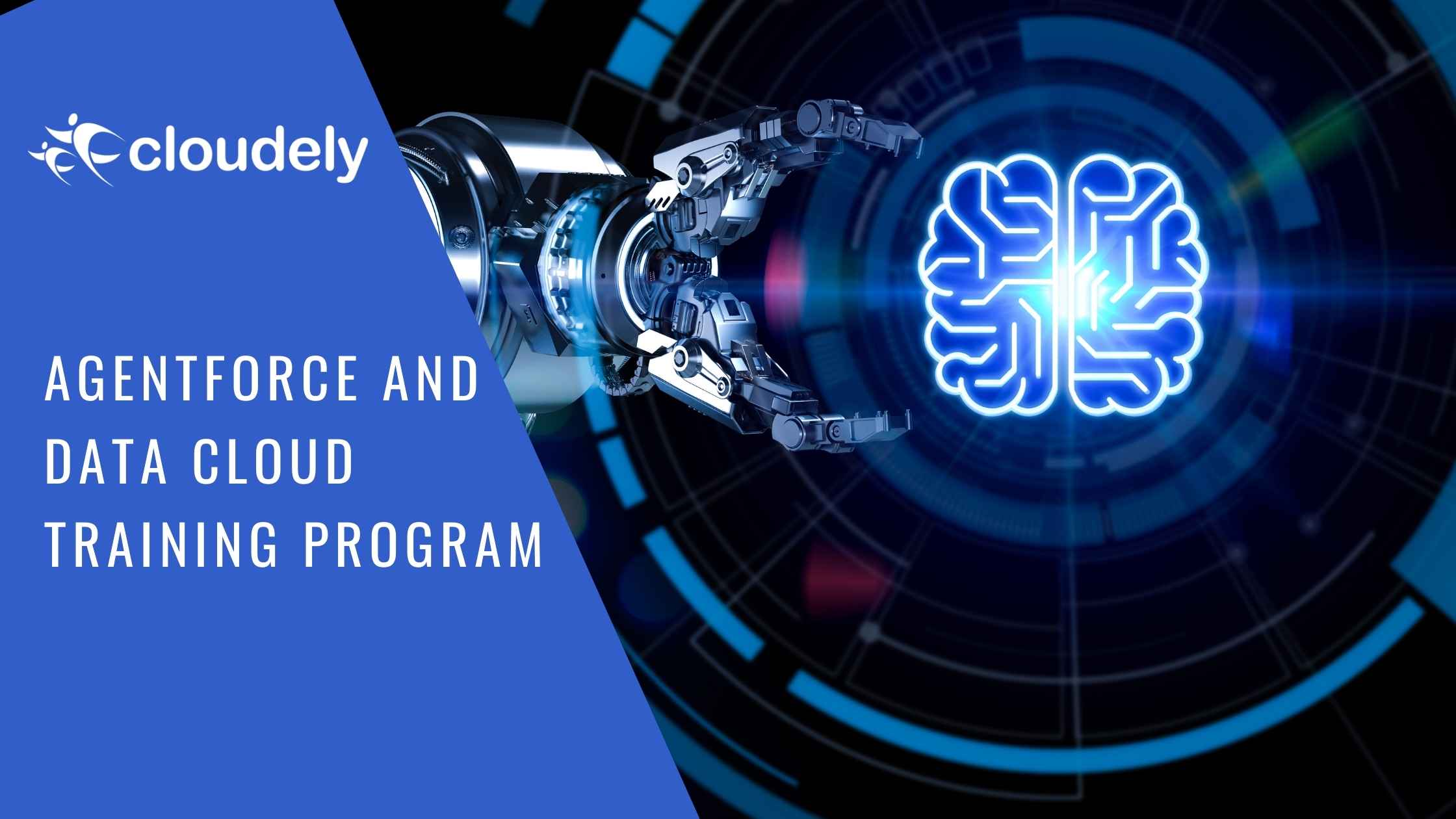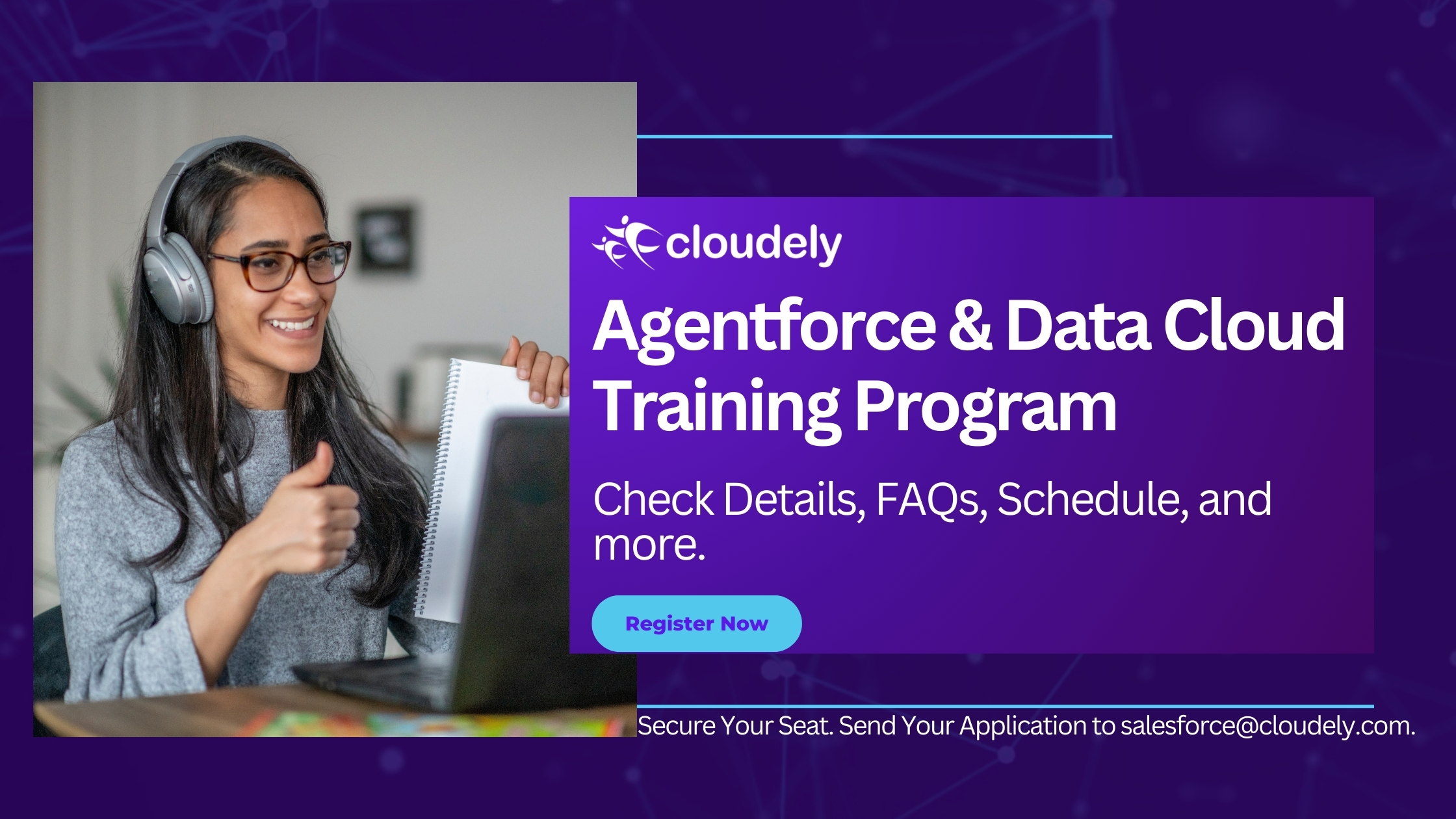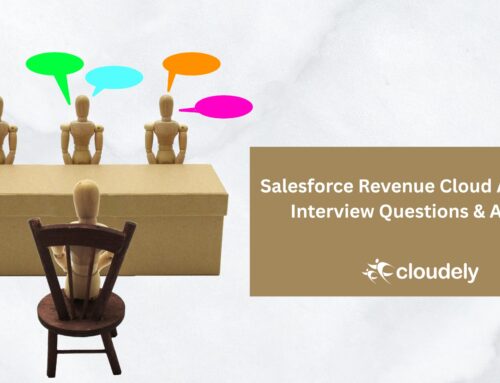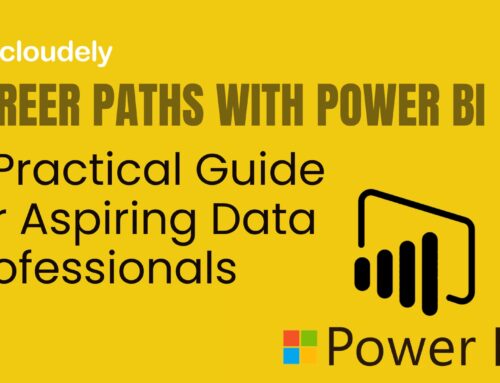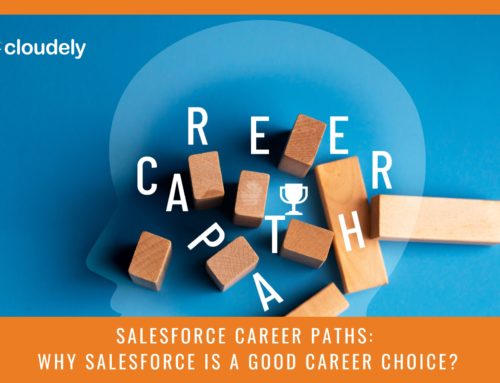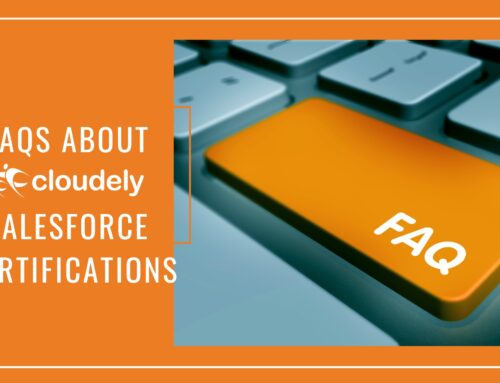Agentforce represents Salesforce’s pivot from AI-assisted tools to AI-driven operations. Success hinges not on technical novelty but on governance, trustworthy data, and human-aligned design. Below we compiled 25 Agentforce Interview Questions and Answers that help you gain confidence to ace interviews.
- What is Salesforce Agentforce, and how is it distinct from traditional AI chatbots?
Answer:
Agentforce is Salesforce’s generative-AI agent framework built on Einstein 1. Unlike static chatbots, Agentforce blends natural-language reasoning, CRM context, and workflow execution. It not only answers but acts—creating cases, updating records, or triggering flows. Its design centers on trust, real-time data awareness, and enterprise governance.
- What business problems does Agentforce primarily address?
Answer:
Agentforce solves the scaling challenge of human-intensive operations—customer support, internal help desks, and field queries. By automating cognitive and procedural tasks, it increases response velocity, consistency, and employee bandwidth while maintaining compliance and personalization.
- Describe the key architectural components of an Agentforce agent.
Answer:
Core elements include:
- Prompt Template: Governs how the model interprets requests.
- Action Library: Defines executable functions (e.g., create Case, update Lead).
- Knowledge Source: Curated datasets or connected Salesforce data.
- Guardrails: Trust boundaries and policy controls ensuring ethical and factual responses.
- How does Agentforce integrate with other Salesforce clouds?
Answer:
Through the Einstein 1 platform, Agentforce can natively access Sales, Service, and Data Cloud. It uses Data Graphs for context retrieval, Einstein Copilot Actions for task execution, and Apex/Flow for orchestration. Integration is declarative, meaning AI agents act directly on live CRM data.
- What differentiates Agentforce from Einstein Copilot?
Answer:
Einstein Copilot is the user interface layer—your chat or voice companion—whereas Agentforce is the engine that builds, deploys, and governs autonomous agents that perform tasks independently across systems.
- How do you prepare data for Agentforce deployment?
Answer:
Data must be trustworthy, contextual, and accessible. This means harmonizing CRM data via Data Cloud, tagging fields for visibility, curating FAQs or documentation into knowledge sources, and classifying sensitive information under proper security policies.
- How does Agentforce leverage natural language and structured data together?
Answer:
It uses retrieval-augmented generation (RAG): natural language inputs are translated into structured Salesforce queries; results are combined with generative output to form contextually precise and compliant responses.
- What are some high-value enterprise use cases for Agentforce?
Answer:
- Customer self-service with transaction execution.
- Sales forecasting and pipeline summarization.
- HR or IT service desks.
- Field service assistance (real-time troubleshooting).
- Knowledge summarization for compliance teams.
- How do you govern Agentforce behavior?
Answer:
Governance involves guardrails (predefined rules limiting scope), audit trails for every agent action, human-in-the-loop oversight for sensitive decisions, and compliance with Responsible AI frameworks, including explainability and bias monitoring.
- What’s the process of creating and deploying an Agentforce agent?
Answer:
- Define objectives and scope.
- Build prompt templates and actions via the Agentforce Builder UI.
- Connect data sources and enforce policies.
- Test in sandbox (simulation mode).
- Deploy and monitor through Einstein Trust Layer metrics.
- How is the Einstein Trust Layer relevant to Agentforce?
Answer:
It acts as a secure mediation layer—sanitizing prompts, redacting sensitive data, logging interactions, and ensuring compliance before data reaches or returns from the LLM. It underpins Salesforce’s “AI you can trust” promise.
- How can organizations measure the success of an Agentforce rollout?
Answer:
KPIs include reduced case resolution time, increased first-contact resolution, agent deflection rate, productivity lift per rep, and qualitative feedback on accuracy and tone consistency.
- What challenges arise during early adoption of Agentforce?
Answer:
Common ones are prompt drift, incomplete knowledge coverage, lack of standardized governance policies, and user trust issues. Addressing these requires iterative fine-tuning, transparent reporting, and change-management planning.
- Explain how you would design an internal-facing Agentforce agent.
Answer:
Use internal data sources (HR, finance, project trackers), enforce stricter access controls, and design specialized actions (e.g., “apply leave,” “fetch expense status”). Training emphasizes conversational brevity and data security rather than customer tone.
- How does Agentforce integrate with external systems?
Answer:
Through MuleSoft APIs or direct REST actions. External systems can expose APIs as “callable actions,” enabling agents to read or write data while maintaining auditability within Salesforce.
- How do you ensure accuracy and tone consistency in Agentforce responses?
Answer:
By curating reference material, using system prompts that define brand voice, validating responses through sampling, and employing reinforcement feedback loops to retrain performance.
- What are Agentforce’s limitations today?
Answer:
While powerful, it’s constrained by context window limits, dependency on well-modeled data, and lack of deep domain reasoning in niche scenarios. Human validation remains essential for complex, high-risk interactions.
- How do you test and validate an Agentforce agent before deployment?
Answer:
Use simulated dialogue testing, confusion-matrix analysis for prompt variations, regression checks after updates, and scenario stress-testing with edge cases to verify factual and procedural accuracy.
- How do you maintain agents over time?
Answer:
Through version control, performance dashboards, periodic retraining, and automated validation of data connections. Each iteration must undergo governance review before redeployment.
- Describe the role of human-in-the-loop in Agentforce.
Answer:
It ensures accountability and continuous improvement. Humans review escalations, correct misinterpretations, and feed learning signals into model tuning—balancing autonomy with oversight.
- What are cost or licensing considerations for Agentforce?
Answer:
Pricing depends on interaction volume, model tier (Einstein GPT vs external LLM), and additional trust-layer compute usage. Enterprises should model TCO by factoring productivity gains and reduced manual handling costs.
- How do you design Agentforce for multilingual operations?
Answer:
Integrate multilingual prompts, translation APIs, and localized data. Test linguistic nuances and cultural context to maintain tone and intent across geographies.
- How do you secure sensitive data when using Agentforce?
Answer:
Implement field-level encryption, role-based visibility, and prompt redaction. The Trust Layer ensures no raw PII or financial data is sent to the LLM unprotected.
- How does Agentforce contribute to workforce transformation?
Answer:
It shifts roles from transactional execution to judgment-driven work. Agents handle repeatable logic; humans focus on empathy, strategy, and innovation—creating a hybrid digital workforce model.
- What’s the future direction for Agentforce?
Answer:
We expect integration with autonomous orchestration (multi-agent collaboration), dynamic learning via continuous data sync, and native cross-cloud context so that each agent can reason over the entire enterprise graph seamlessly.


